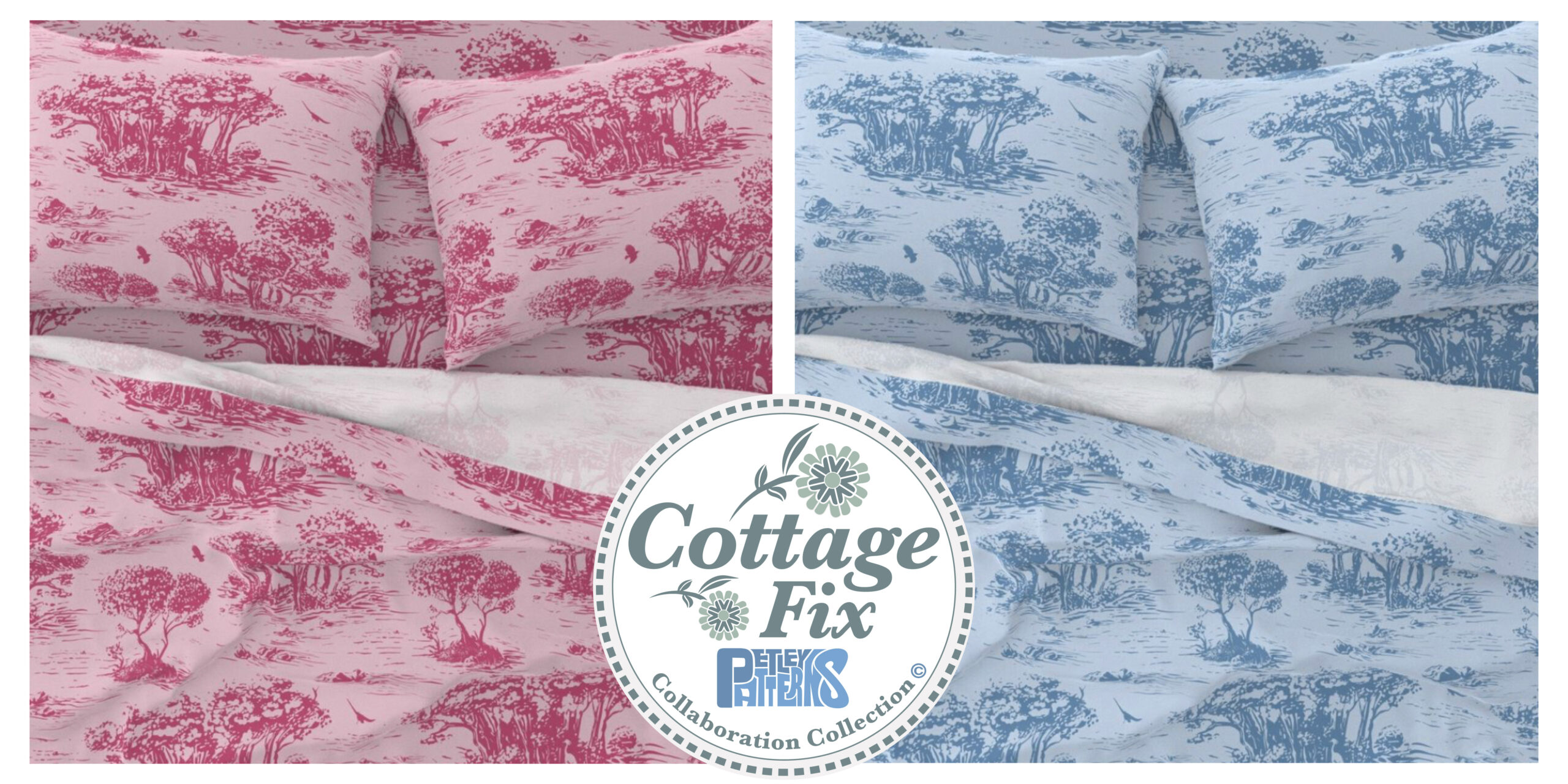

Who is Jonathan Petley?
I’ve spent four decades experimenting, failing, and dreaming. All with one goal in mind—finding a home for my creativity. For decades, I developed and explored everything from painting and cartooning, to writing full length novels and illustrating childrens’ picture books, in an effort to find a balance between career and creativity. I’m dyslexic and ADHD—a combination that’s blessed me with a fiercely creative mind, but has also made my relentless pursuit of balance a mind numbing and difficult path to navigate.
I did what any frustrated, overly creative, neurodiverse soul would do in my situation—I learned to become an orthodontic lab technician. (I’ll spare you that part of the story) The labratory job helped pay the bills for twenty four years as I continued feeding and honing my creative skills, during evenings and on weekends. The lab eventually became a destructive and draining force in my life. As I gained more confidence and experience, I ultimately found myself with less and less creative energy at the end of each day. Finally, in march of 2024, I made the right choice, and I resigned from my decades long career. I never looked back.
I’m a self taught artist. My skills are nurtured through years of practice, failure, and the ongoing support of a diverse professional community—resulting in a robust, eclectic, and highly adaptive skillset I’m very proud of. Surface pattern design is without a doubt my favorite discipline in all my years of art practice. Patterns came to me in an unexpected and serendipitous way, while I was researching a completely unrelated topic (something like page layouts in adobe indesign) There it was, a random video about pattern design, something completely new to me, and yet, it had a familiarity that was incredibly inviting to my neurodivergent mind. But not just that—I saw so many additional upsides. It had practical and commercial applications, unbelievable room for style and diversity, and an obvious, and nearly limitless market—because people buy patterns—a lot. I found the path I’d been seeking, and I invested my hard earned money and much of my free time into learning everything I could about my new favorite medium in the world. I’m so glad I did.
I live in Richmond, Virginia, a mile from the James River, with my two Dachshunds and beautiful, highly intelligent wife, where I’m starting my new exciting venture into patterned apparel. I’m still pattern obsessed, and I I’d love to design you your next pattern.
- Wide variety of styles
- Vast experience
- Professional workflow
- Communication
- Creative passion
- Out of the box thinking

With over thirty years of experience in a wide variety of art and design disciplines, I now have an extensive understanding of color, composition, style, and movement, accompanied by a diverse out-of-the-box approach. I’m motivated to impress and to grow as a designer. I believe patterns are a beautiful and practical way to put more good into the world. Cheers

On Style
Style is a term that haunts many artists. Creative minds refuse to be tamed, categorized, or defined. After all, creativity should never be put into a box—right? Style is an unfair paradox. However, without any definition, art can often become invisible, unable to find a consistent voice, or a reliable audience. But, when we push closer to defining style, as we understand it, we find ourselves missing and craving the very freedom and exploration at the heart of creativity.
So, what exactly is style, and how do we find a balance between creativity and the market we wish to attract?
Style is the visual vocabulary, or the through-line in our work. It helps our artistic voice become more recognizable to an audience. And as that vocabulary becomes tighter and more consistent, so will they. Style is not innate, but rather a byproduct of time and practice. It’s about grace, patience, and sacrifice—consistently creating in a way that inspires us, while also allowing our work the time and space to align with our audience.
If you’re anything like me, finding that balance between freedom and style might feel daunting at times, or damn near impossible. But, it doesn’t have to feel that way. Balance comes from community, discovery, exposure, and feedback. We have to explore different mediums and subjects, and be willing to share and discuss our work, regularly, and with an open and receptive mind—especially the fails. Think of it like language. As we grow in our communication skills, learning to speak, stumbling through words, and at times, putting our foot in our mouth, our vocabulary grows stronger. With time and persistent interaction, we also develop our own unique voice and syntax to be better understood, as we align our words with the people we wish most to communicate with.
How do I define my own style?
My style is an evolution, and still a work in progress. And I’m okay with that. Presently, I see it as energetic, crisp, curious, and dynamic. It often pops, but not always, and usually evokes fun and imagination. My adhd and dyslexia both play a big role in my creative journey, and my neurodivergence is undoubtedly an integral part of my presentation and style.
Don’t let style consume you. Focus on your work and your community. Style will slowly, but surely, follow.
What does style mean to you?
Thanks for reading. I look forward to your community, and look forward to sharing with you in the months and years that follow.